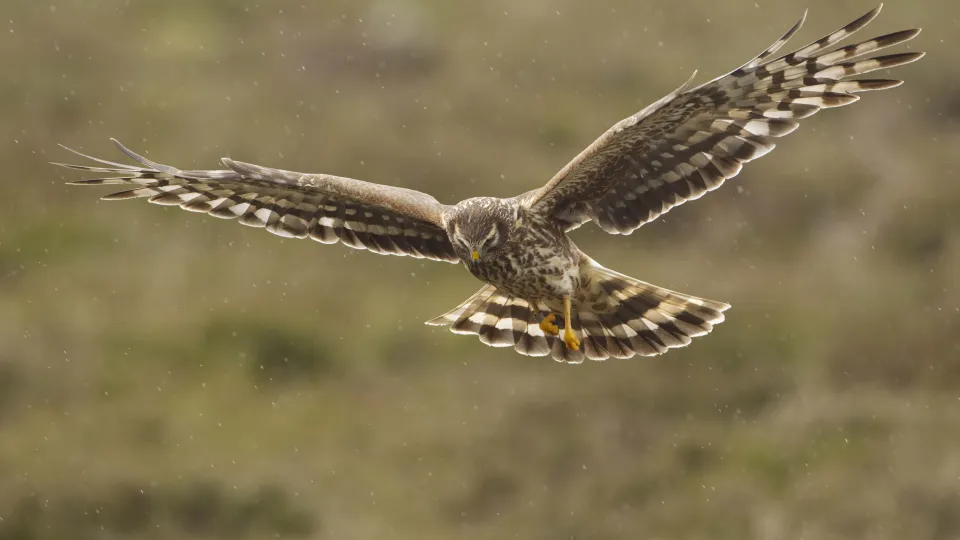
Hen harrier
The hen harrier has been severely persecuted for taking game species and has suffered massive declines in numbers as a result. Thankfully, conservation projects are underway to reduce conflict surrounding its controversial prey.

The hen harrier has been severely persecuted for taking game species and has suffered massive declines in numbers as a result. Thankfully, conservation projects are underway to reduce conflict surrounding its controversial prey.
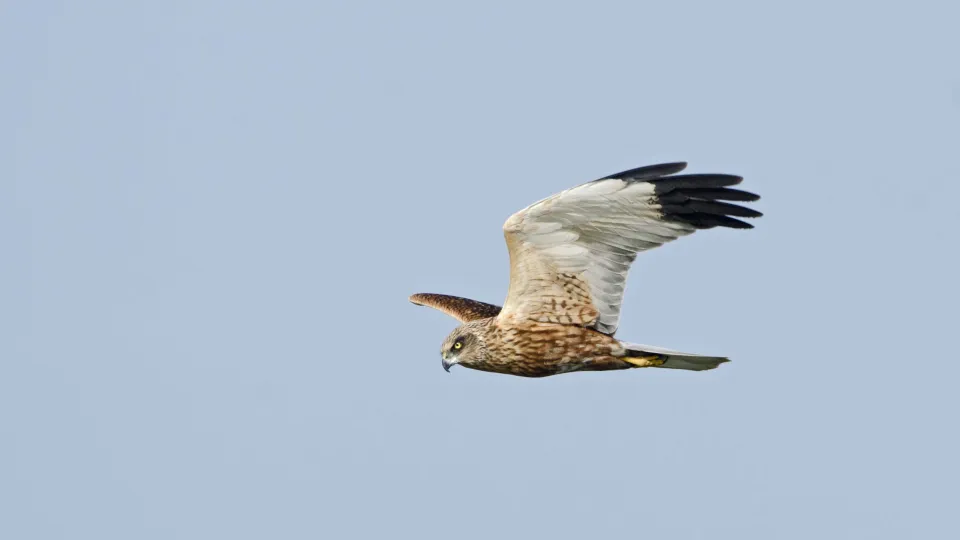
The courtship of the marsh harrier is certainly a sight to behold - wheeling and tumbling through the sky, male and female partners lock talons in mid-air. Look out for this rare bird over reedbeds in East Anglia, Somerset and the South East.
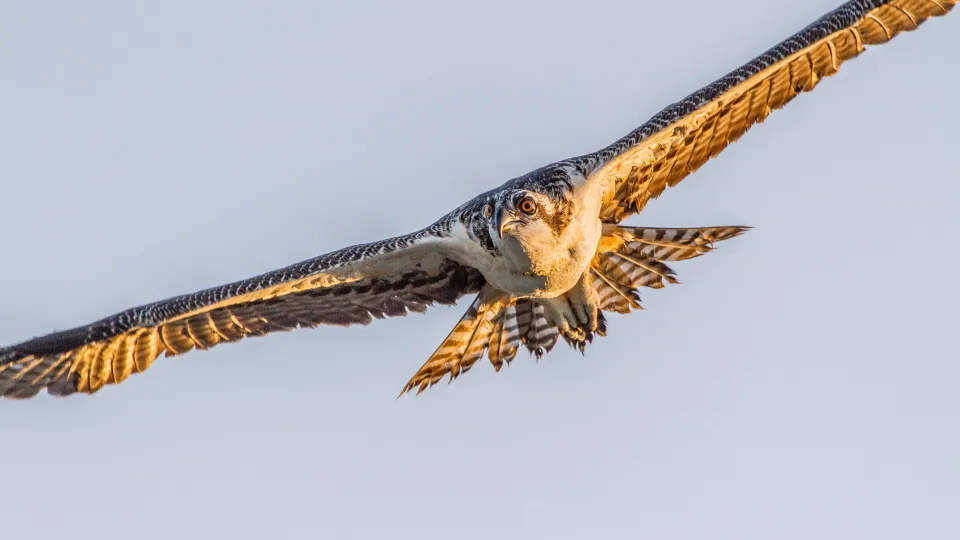
A great way to get up close and personal with the magnificent osprey is via one of the many nestcams set-up in the places that it breeds: Scotland, Cumbria, Wales and the East Midlands.
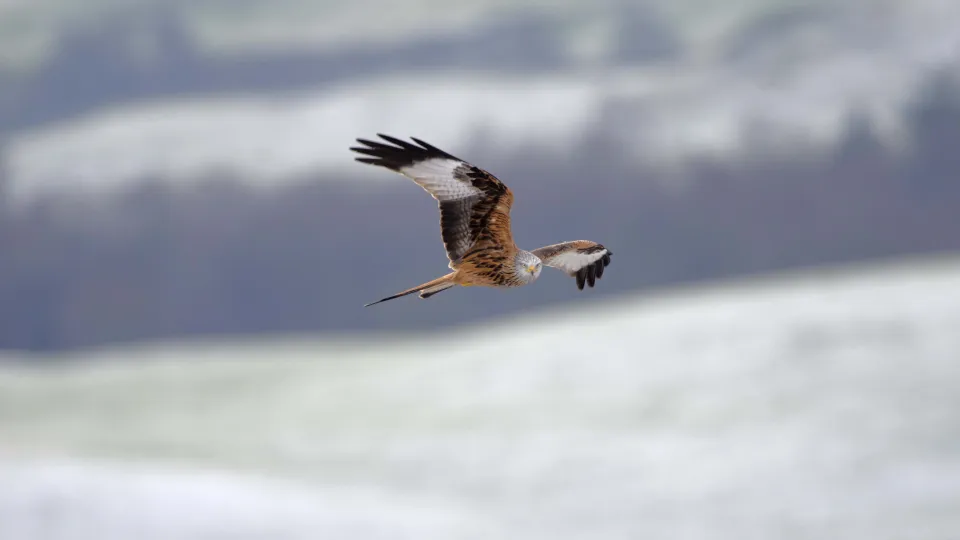
Seeing a red kite soaring high in the sky is a true delight! Once a very rare bird, thanks to successful reintroduction projects these wonderful birds can now be seen in lots of places in the UK.
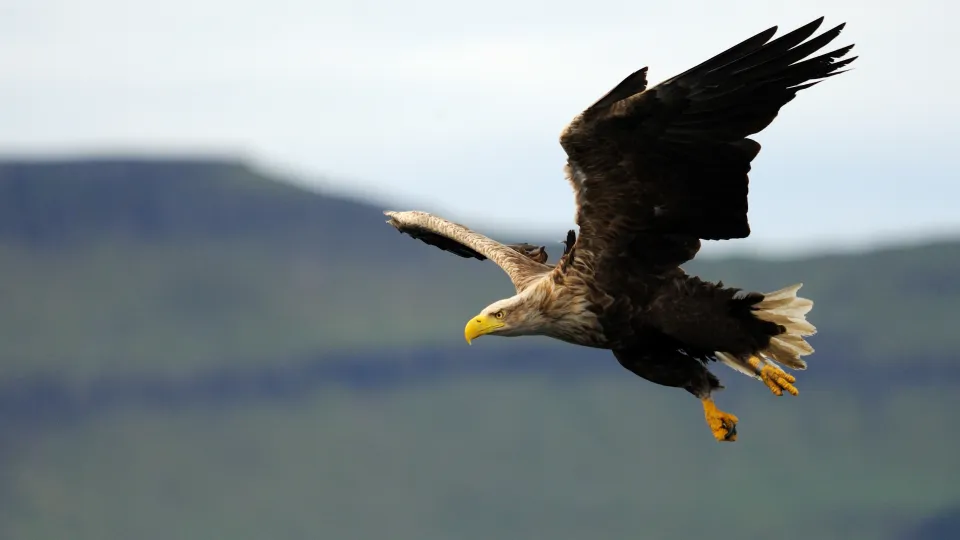
The huge white-tailed eagle is our largest bird of prey. Persecuted to extinction in the UK, it has been successfully reintroduced in Scotland. Look for it on the Isle of Mull and off the west coast of Scotland.
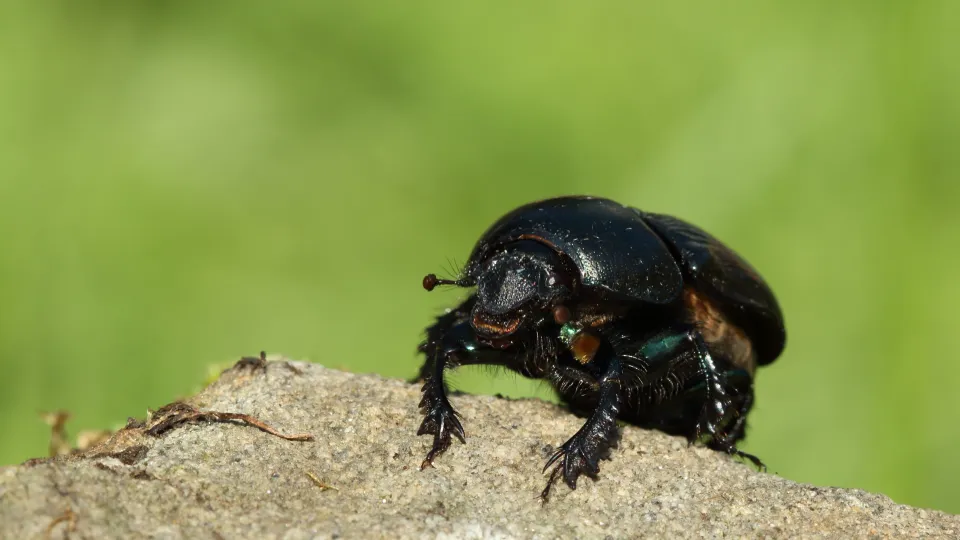
Dung beetles are an often overlooked but hugely important ecosystem engineer. Learn more about them and why we need them in our landscape.
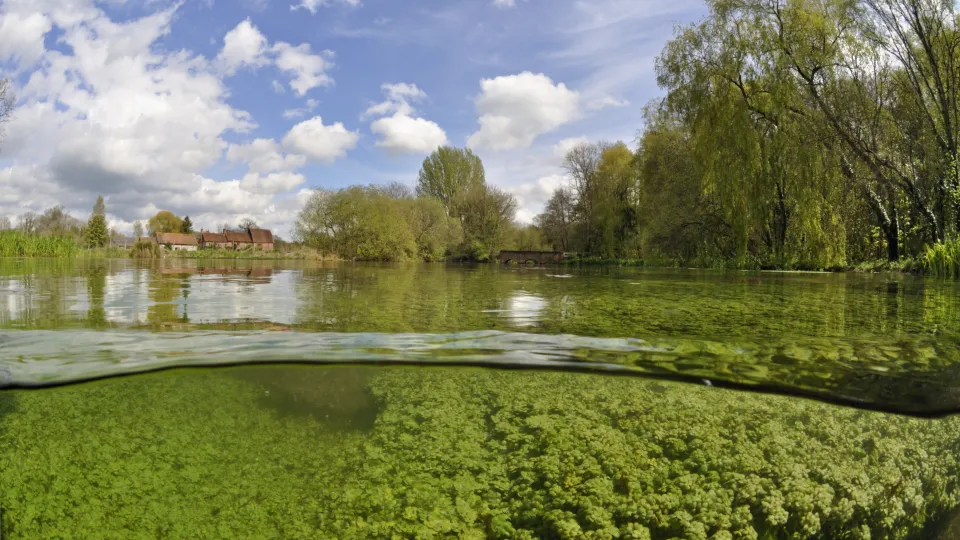
From otters to freshwater shrimps, all animals are dependant on an abundant and reliable supply of clean water. Rivers sustain the natural environment, wildlife and people in equal measure.
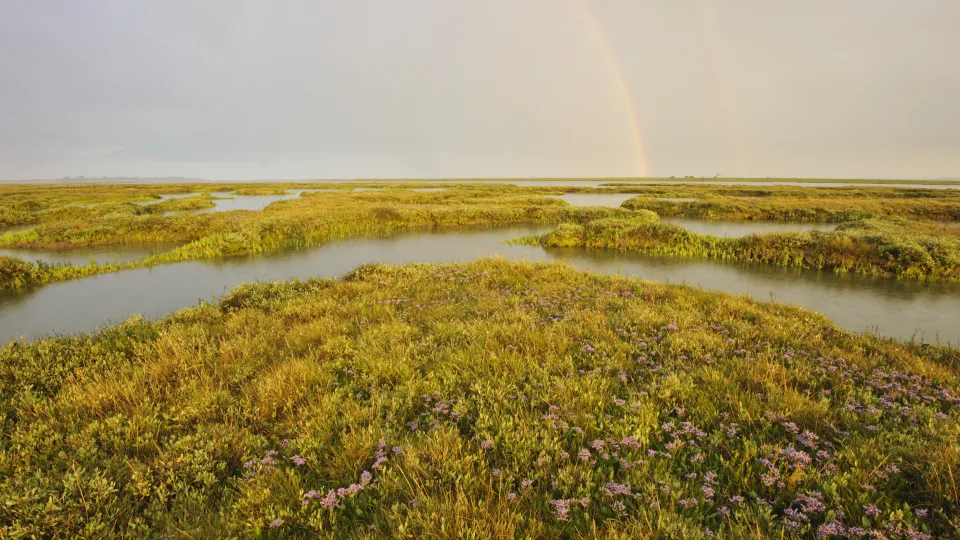
Saltwater marshes and mudflats form as saltwater floods swiftly and silently up winding creeks to cover the marsh before retreating again. This process reveals glistening mud teeming with the invisible life that draws in thousands of birds to feed.
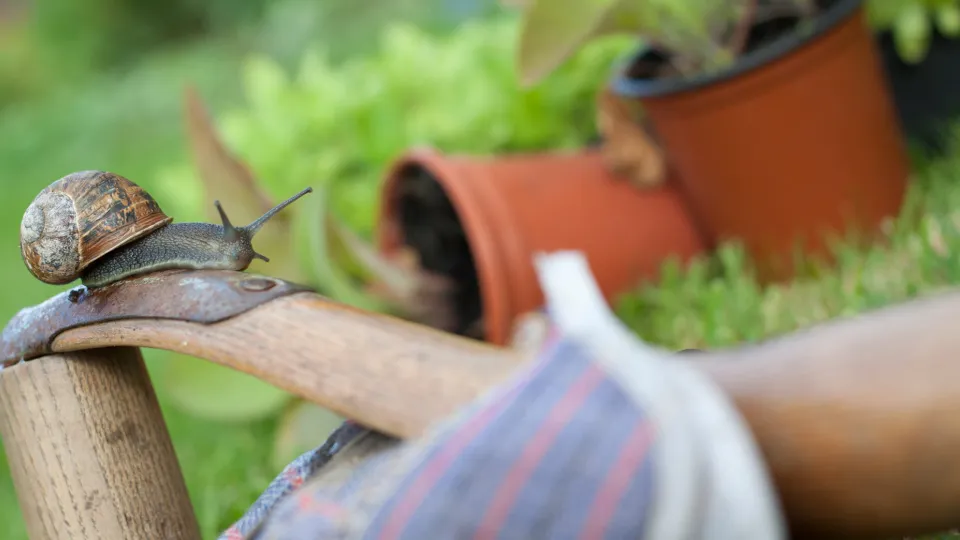
The green spaces of our towns and gardens bring nature into our daily lives, brightening our mornings with birdsong and the busy buzzing of bees. Together, the UK's gardens are larger than all of our National Nature Reserves combined, making them as important for wildlife as they are for our own wellbeing.
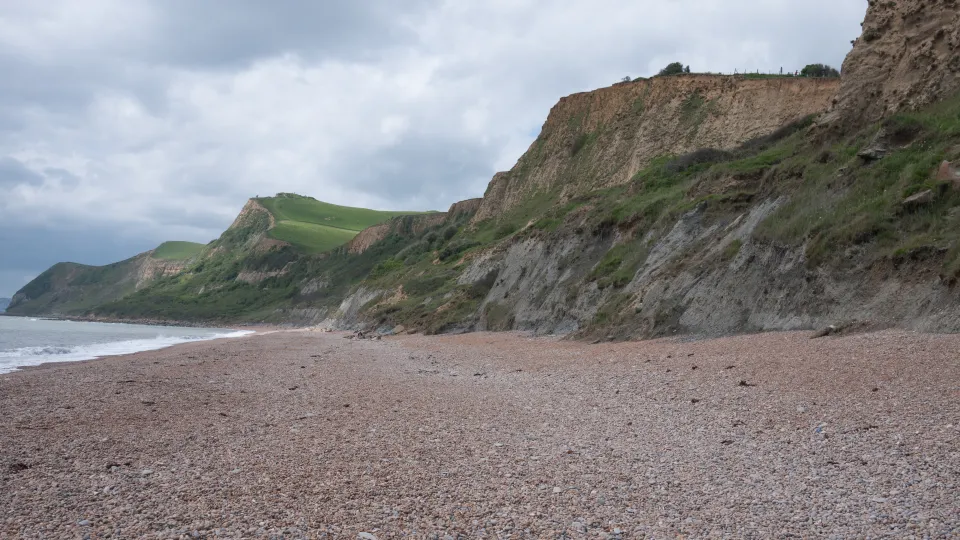
Whether they are tumbles of soft rock home to a variety of invertebrates, or hard, soaring rock faces bustling with huge seabird colonies, cliffs may be challenging to explore but are well worth the reward.